
We’ll cover the cost of replacing a shower or bathtub drain, whether you can tackle this repair yourself, and what other projects to consider along the way.
Main water line replacement in Minneapolis costs $1,270 on average, with most homeowners spending between $432 and $2,107. Minneapolis homeowners face unique challenges, including harsh winter conditions, frost, and permit requirements that can influence project costs and timing.
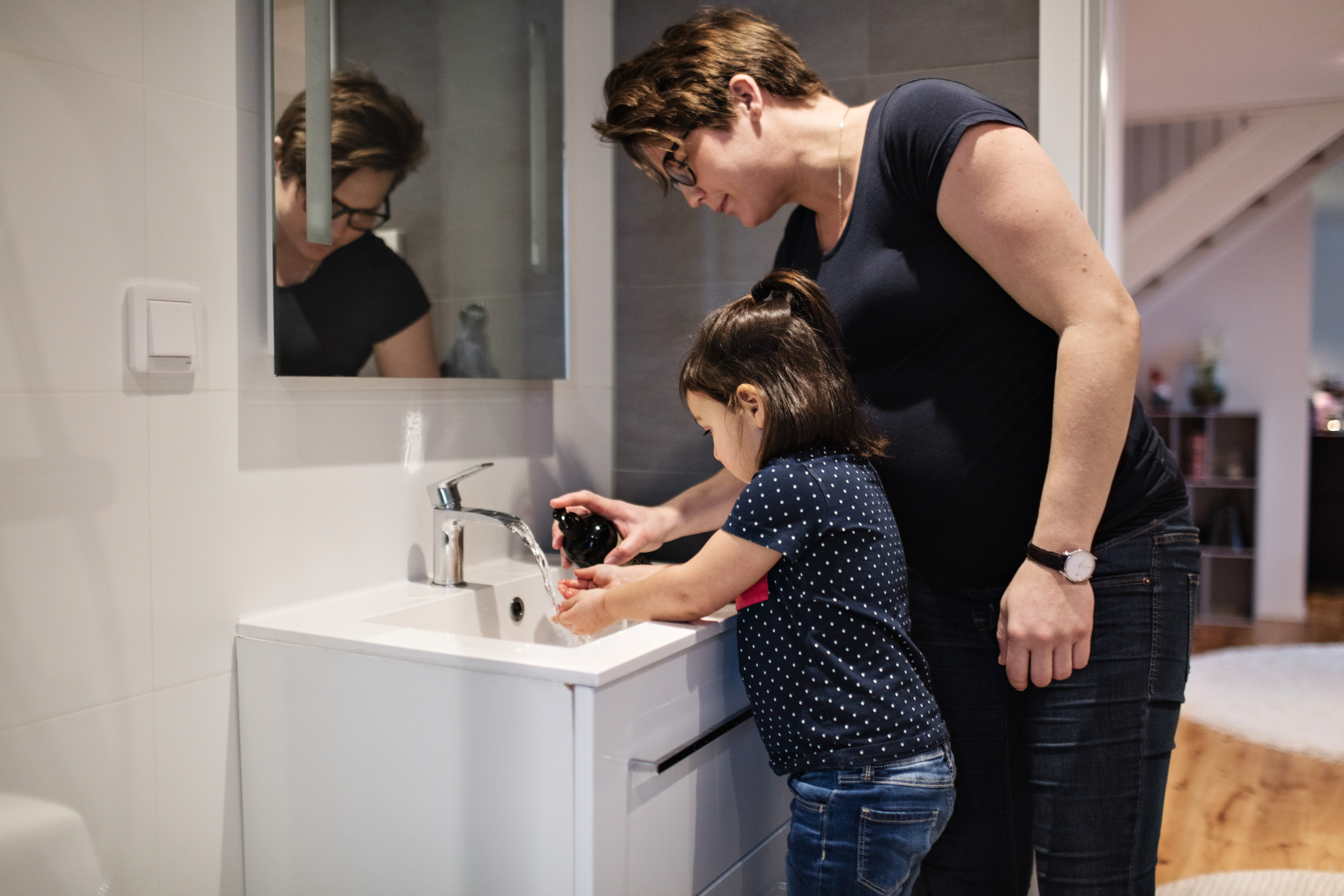

Frozen pipes are a common issue in Minneapolis, making trench depth and pipe insulation important cost factors.
Permit requirements from the city of Minneapolis can increase total project costs.
Trenchless replacement methods are popular in more urban neighborhoods to avoid sidewalk and landscape disruption.
PVC and copper piping are common replacement materials in the Twin Cities, each with different price points and longevity.
The city of Minneapolis is working to replace lead service lines at no cost to homeowners.
As a significant metropolitan area with harsh winter conditions, Minneapolis homeowners face unique considerations when replacing their main water line. The average cost of replacing the main water line in Minneapolis is approximately $1,270, but it can range from $432 to $2,107, depending on several factors.
The largest cost drivers include the depth required for proper installation below the frost line, material selection for cold-weather durability, and specialized excavation needs during winter months. Minneapolis's established infrastructure and specific permit requirements also influence the total project cost.
Several factors unique to Minneapolis affect the cost of main water line replacement. The city's harsh winter climate, established infrastructure, and specific regulations create conditions that may result in higher costs compared to other regions.
The length of the water line replacement needed significantly impacts your total cost. Minneapolis properties typically require connections from the main line in the street to the home, with distances varying based on lot size and setback requirements. Longer runs require more materials and labor time, directly increasing the overall project cost.
| Line Length (Feet) | Low Estimate | High Estimate | Cost Range |
|---|---|---|---|
| 20 ft | $600 | $1,440 | $600–$1,400 |
| 35 ft | $1,050 | $2,520 | $1,050–$2,500 |
| 50 ft | $1,500 | $3,600 | $1,400–$3,600 |
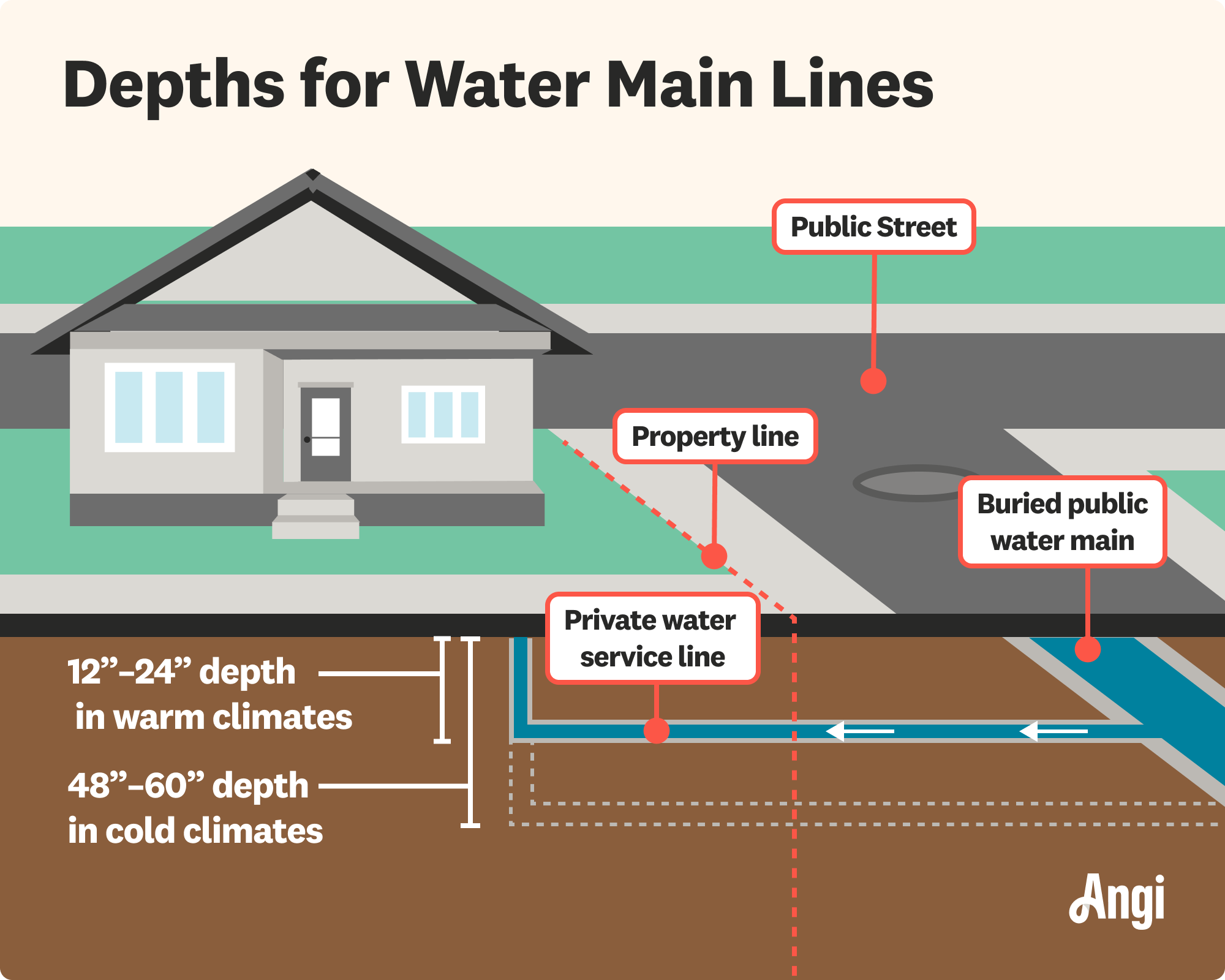
In Minneapolis, copper and PVC piping are the most common choices for main line replacements because of their ability to withstand extreme temperature fluctuations and varying soil conditions. Here's how they compare:
| Material | Average Cost Per Foot | Pros | Cons |
|---|---|---|---|
| Copper | $20–$30 | Durable, resists corrosion, OK for low temps | Higher cost, labor-intensive |
| PVC | $5–$10 | Affordable, easy to install, OK for low temps | Less durable in freezing temps |
| HDPE | $13–$22 | Flexible, good for trenchless | Requires special fittings |
| PEX | $10–$15 | Resists freezing, easy to route | Not allowed for outdoor use in all cases |
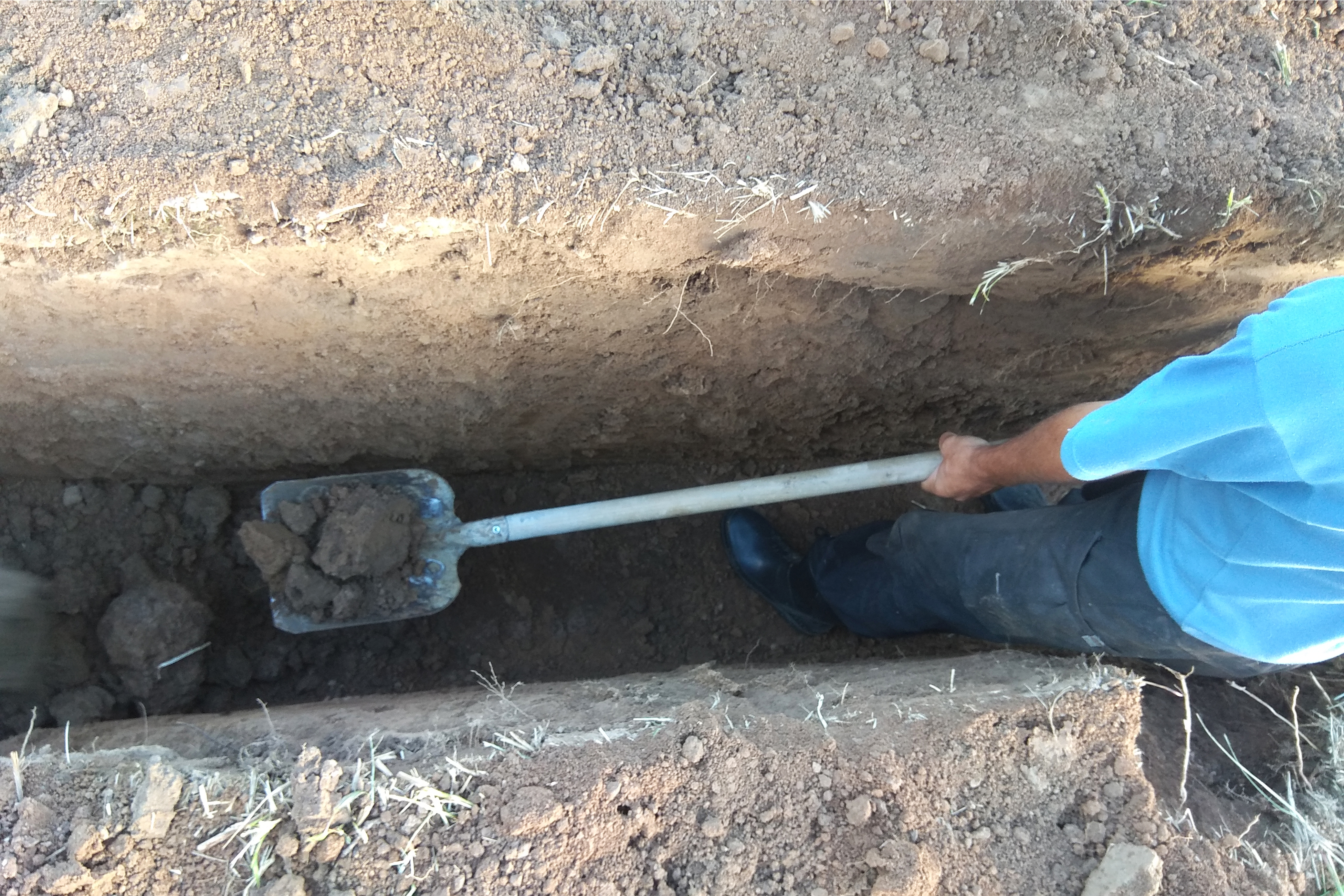
In Minneapolis, frost depth is a major factor in determining the cost of main water line replacement. To avoid freezing, water lines must be buried at least 60 inches deep—that’s 5 feet or more below the surface. This requirement stems from the region’s average frost line, which ranges from 60 to 80 inches, making it one of the deepest in the U.S.
Deeper trenches require more labor, heavier excavation equipment, and longer project timelines, all of which increase the cost. For older homes with shallow lines that need to be brought up to code, this may involve removing and rerouting existing infrastructure.
Traditional trenching involves digging up the yard, which can be costly in terms of labor and restoration. Trenchless methods, such as pipe bursting or directional drilling, may reduce disruption and landscape repair—but often come with a higher initial cost.
| Method | Cost Range per Linear Foot | Pros | Cons |
|---|---|---|---|
| Trenching | $50–$150 | Lower base cost | Major landscape disruption |
| Trenchless | $60–$250 | Minimal surface damage | Higher equipment cost |
The City of Minneapolis requires plumbing permits for any main water line replacement. This cost factor can range from $50 to over $300, depending on the project scope, pipe length, and whether street excavation is involved.
Here’s what to know:
Standard plumbing permit: Typically costs $50 to $150 for residential water line replacement within private property.
Excavation permit: If the project requires accessing or cutting into a public street or sidewalk (common in densely populated Minneapolis neighborhoods), an additional right-of-way excavation permit is required. These range from $100 to over $300, depending on impact and location.
Inspection fees: Plumbing work must be inspected by the City of Minneapolis after completion, which may be included in the permit fee or billed separately.
Failure to obtain proper permits can result in project delays, fines, or rejection during resale inspections. Most licensed plumbers in Minneapolis will handle permitting on your behalf, but it's wise to confirm this before signing a contract.
Older Minneapolis homes—especially those built before 1930—often have lead service lines connecting the street’s water main to the house. The City of Minneapolis has launched a no-cost lead service line replacement program for homeowners. If your lead service line is on the replacement list and you consent, the project is fully funded, so there’s typically no out-of-pocket cost for you. The city has an interactive map that allows residents to check if their address is connected to lead pipes and request more information.
Plumbers typically cost an average of $45 to $200 per hour in the Twin Cities. Factors such as job complexity, experience, and any emergency fees may impact your plumber’s rate. Other services that may affect your total price include:
Excavation: Excavation costs anywhere from $1,500 to $10,000 for plumbing projects. In areas with clay soil or limited access—such as parts of the Powderhorn or Northeast neighborhoods—digging to frost-safe depths can be especially labor-intensive and expensive.
Restoration and landscaping: Restoring lawns or garden beds typically adds $1,200 to $6,300 in landscaping costs, depending on the severity of the damage and the property's size.
Main water line replacement isn’t a glamorous project, but it’s a smart upgrade that enhances:
Home safety by reducing the risk of leaks or contaminated water
Plumbing efficiency with improved pressure and flow Buyer confidence, especially in older Minneapolis homes where galvanized lines are common
While it won’t directly increase resale value, it may prevent deal-breaking inspection issues and improve the long-term performance of your home’s plumbing.
Home is the most important place on earth, which is why Angi has helped more than 150 million homeowners transform their houses into homes they adore. To help homeowners with their next project, Angi provides readers with the most accurate cost data and upholds strict editorial standards. We survey real Angi customers about their project costs to develop the pricing data you see, so you can make the best decisions for you and your home. We pair this data with research from reputable sources, including the U.S. Bureau of Labor Statistics, academic journals, market studies, and interviews with industry experts—all to ensure our prices reflect real-world projects.
Want to help us improve our cost data? Send us a recent project quote to [email protected]. Quotes and personal information will not be shared publicly.
From average costs to expert advice, get all the answers you need to get your job done.

We’ll cover the cost of replacing a shower or bathtub drain, whether you can tackle this repair yourself, and what other projects to consider along the way.
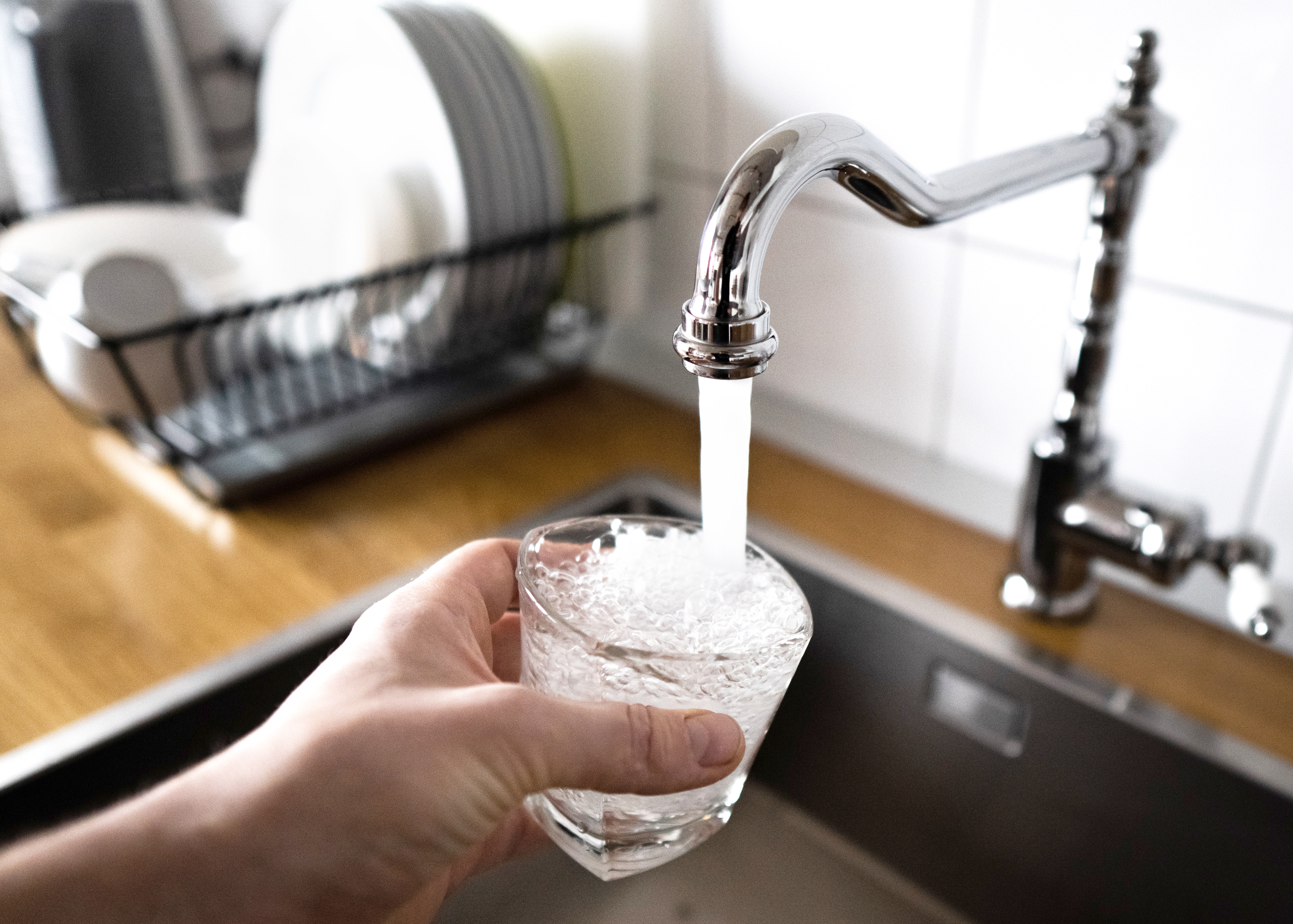
Learn about main water line repair costs in Columbus and what affects pricing to be prepared before you start getting estimates.

Learn how much plumbers cost in Columbus, Ohio. Discover pricing for faucet repairs, pipe work, and emergency services, plus how you can save money.
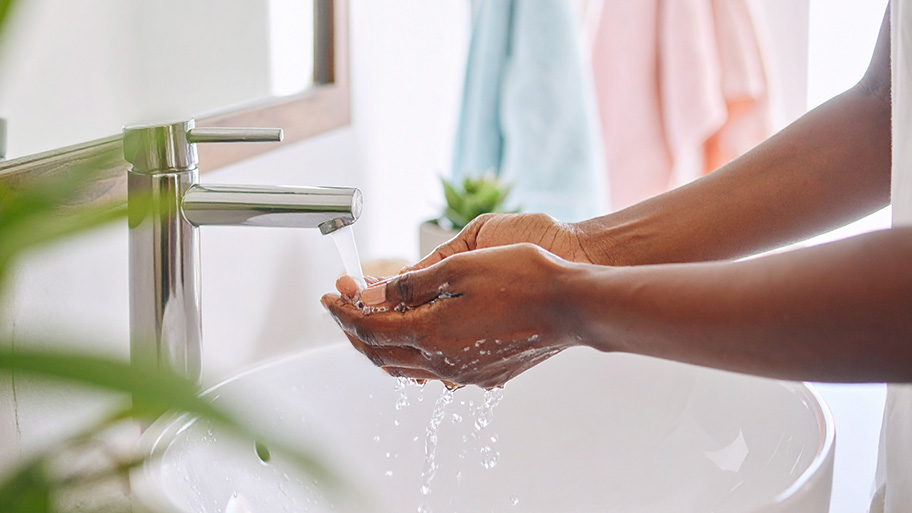
Plumbing a bathroom starts with knowing the steps for a successful DIY project. Follow this guide to learn how to plumb a bathroom yourself.

Not sure who to hire for undermount sink repair? Countertop specialists are the best place to start, but plumbers may also be helpful.

Read how to properly vent your toilet, sink, and shower and learn the importance of effective plumbing ventilation to ensure a well-functioning and odor-free bathroom.